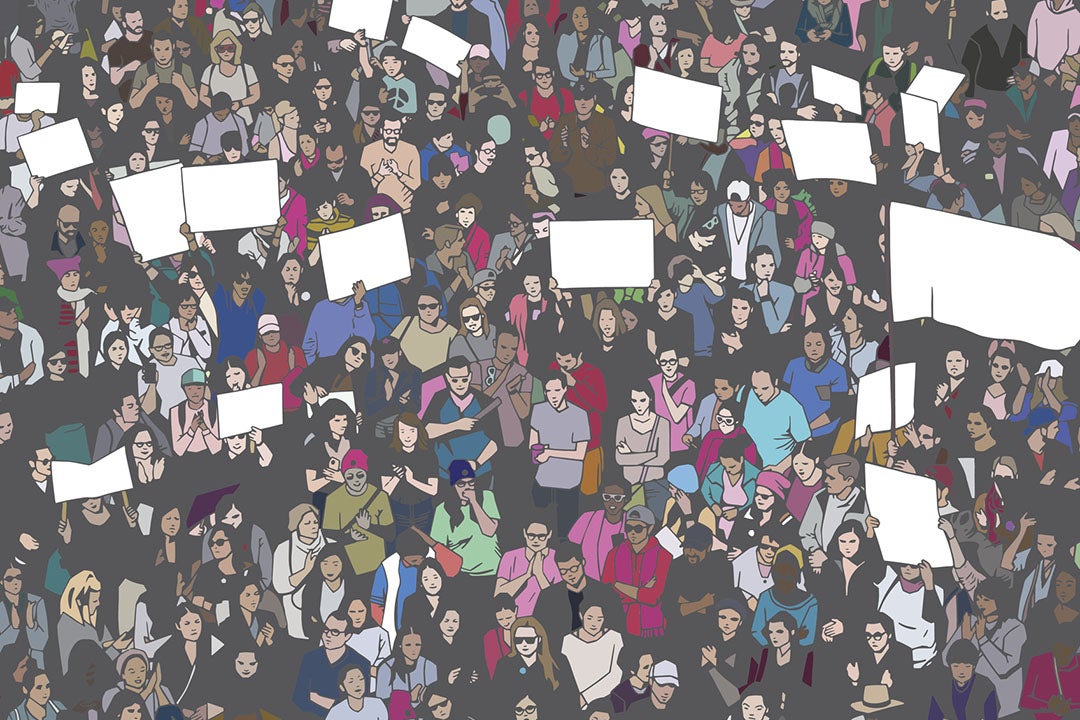From the forest fires in California to the bushfires in Australia, increased wildfires have had a devastating impact on the environment and on communities. 2018 is regarded as one of the deadliest and most destructive years in wildfire history, with an eight percent increase in civilian deaths compared to 2017 and an estimated loss of $25.6 billion in property damage. This surge in catastrophic wildfires is directly correlated with climate change caused by humans.
Greenhouses gas-induced climate change leads to conditions that cause wildfires to grow in intensity and make them harder to contain. Higher temperatures cause drier soils from increased evaporation, greater water loss from vegetation, and earlier snowmelt. In one study, Geert Jan van Oldenborgh of the Royal Netherlands Meteorological Institute, found that human-caused changes in the climate had an impact on Australia’s recent devastating wildfires, making the extremely high-risk conditions that led to widespread burning at least 30 percent more likely than in a world without global warming.
The increase in wildfires caused by warming conditions has resulted in a large financial burden across the globe. The National Interagency Fire Center reports that fire suppression costs in the US have more than doubled in recent decades, exceeding $1 billion per year since 2000. Between 2010 and today, federal suppression costs have totaled more than $15 billion, which is a twenty percent increase from 2000-2010. In California alone, AccuWeather estimated that a total of $80 billion was lost due to damages to homes, lost jobs and wages, crop losses, and the costs of power outages.
Wildfires not only pose a threat to our economy, but they also impact our health and well-being. Apart from direct damage and danger to human life, particulates released from fires have been linked to respiratory and cardiovascular issues. Studies even show that the number of deaths associated with the inhalation of wildfire smoke may double by the end of the century.
As global warming continues to persist, we must consider the continued impact that wildfires will have on the environment, economy, and human well-being. Humans are responsible for sparking 90 percent of wildfires so it is important to take preventative measures, especially as climate change increases their likelihood and their severity. It is also important to think about how governments should be responding to this continued challenge.
Here are some suggestions of how we can help solve this challenge:
- Comply with local laws and regulations regarding campfires, fireworks, and other potential sparking of wildfires and be mindful of the areas in which you build fires and the items that you place in them. You can also work to reduce your personal greenhouse gas emissions by offsetting your carbon footprint.
- Federal and state officials must provide communities with more wildfire prevention funding, more firefighting capacity, and more research must be put into resilience studies to improve fire risk assessments.
- Policymakers around the globe must advance a climate-friendly agenda. Lowering greenhouse gas emissions sooner than later will help to reduce risk of fire in the future. Ultimately, we must halt warming by achieving a transition to clean energy while we adapt to our changing planet, including increasing our wildfire resilience.
In order to diminish the devastating impact of wildfires on our lives, we must understand how our actions contribute to them and we must hold ourselves accountable. Together, we can take the steps necessary to minimize the harmful effects that wildfires, and climate change, have on society because just like Smokey the Bear taught us: only YOU can help prevent wildfires.


